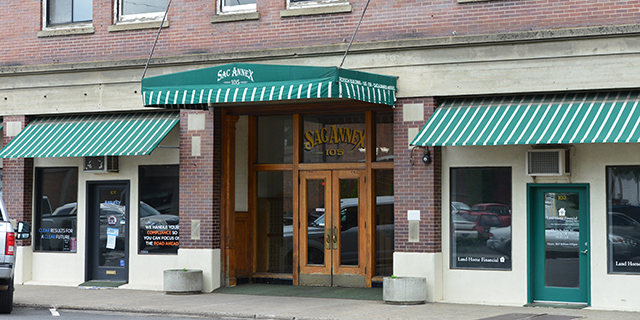What you need to know about returning to the workplace
Published 6:30 pm Wednesday, May 27, 2020
PORTLAND — The Oregonian/OregonLive asked experts about the safety of going out in Oregon as all but one county — Multnomah — have applied to reopen or are reopening. Here’s what they — and the latest body of scientific studies — report about returning to the workplace:
Many Oregonians have been working from home since late March if their jobs have allowed it. The governor has urged residents to continue to do so, until at least Phase 2, which counties could enter in June if public health officials don’t detect a resurgence in infections.
Workplaces have, however, proven to be a problem because of open office plans where many employees share one space, as well as break rooms, kitchens and bathrooms.
In March, more than 80 employees on the 11th floor of a call center in Seoul, South Korea, fell ill with the disease. A CDC study concluded that because few people on other floors got sick despite interactions on elevators and in the lobby, the 11th-floor employees probably became infected because of extended time spent in the shared space with sick co-workers. But employers can reduce the risks their workers face.
In a paper published in March by the American Society for Microbiology, researchers from the University of Oregon recommended employers fight the spread of COVID-19 by decreasing the number of employees in a space, adjusting ventilation systems to allow more outside air flow and increasing humidity to 40% to 60% in dry environments. That’s a level believed to better inhibit the spread of the virus but not encourage mold growth.
“First, I think it’s that awareness piece: Be aware that there is a risk and then treat that risk seriously so you can reduce it,” said Kevin Van Den Wymelenberg, one of the authors of the paper and the director of UO’s Institute for Health in the Built Environment.
Richard Corsi, a Portland State University dean who has been researching airborne transmission of the novel coronavirus, said opening an office window if possible can also help. But when you do, make sure outside air is flowing in. What you don’t want is air blowing from other parts of the building past you and out the window.
The direction of the air flow can be determined by holding up a thin sheet of tissue and watching if it blows into the building or out.
RestroomsMany experts say it’s a good idea to avoid public restrooms if possible because they’re often small enclosed spaces with poor ventilation and can be frequently used by other members of the public.
One study found that “large numbers of microorganisms” are shot into the air and contaminate the sides of a restroom stall by toilet flushing.
If you need to clean your hands before eating, hand sanitizer might be a smarter choice than visiting a shared restroom.
But Corsi, the PSU airborne transmission researcher, said it won’t always be possible to avoid public restrooms. If you have to go inside one, wait until no one else is there.
Also, wear a mask, use a paper towel to open doors or use the faucet and wash your hands.
“Public restrooms are not good places” during this pandemic, Corsi said. “I’d try to avoid them as much as possible.”
ElevatorsExperts advise riding elevators alone or only with your household members.
If you’re physically able to take the stairs, do so but only if a constant stream of people aren’t huffing up a poorly ventilated column of stairs with you. In that case, standing stationary for 20 seconds on an elevator could be better than using the stairs.
If you do choose the elevator, Chi likes to employ this clever idea he learned from Hong Kong, where many people live in towering complexes and rely on elevators: Carry a ballpoint pen with cap in your pocket and use it to press the elevator’s buttons. Then put the cap back on and the pen back in your pocket for next time.









